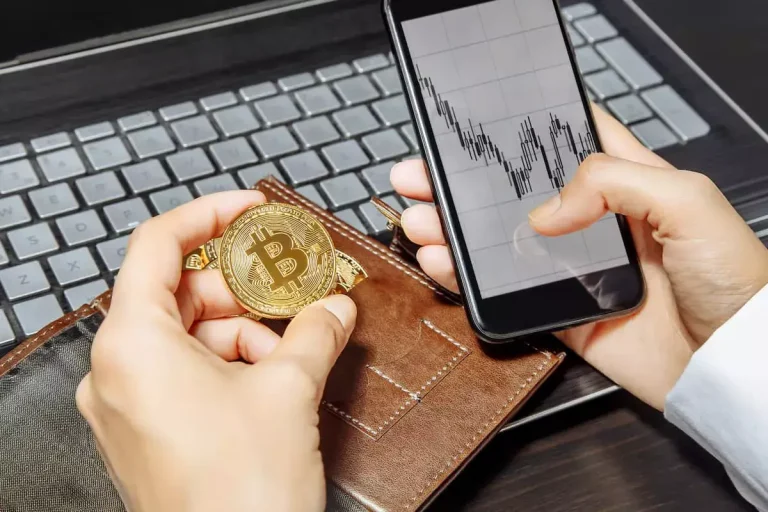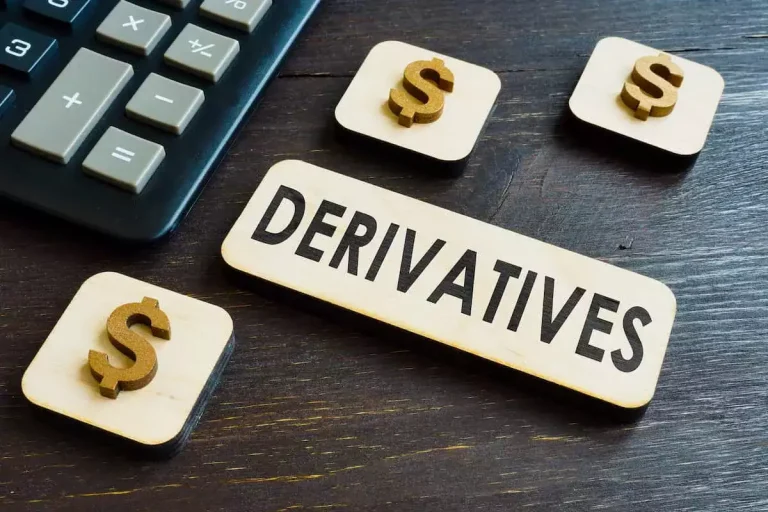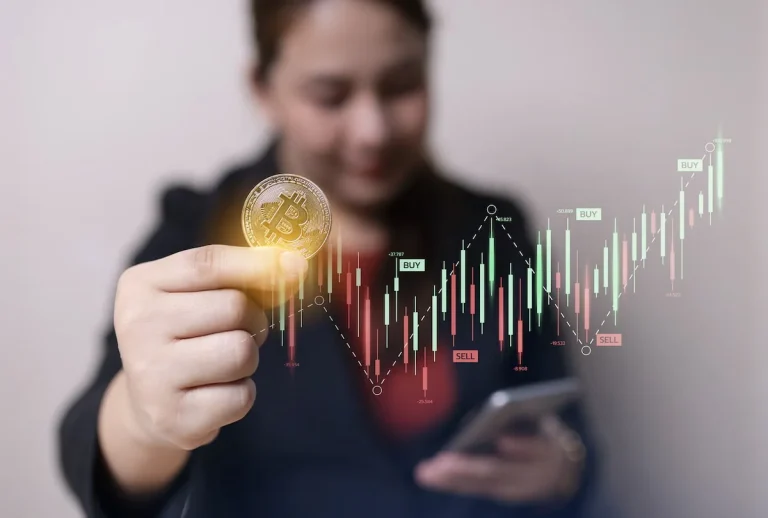- 12-27-2023
Due to restricted sellers, the average execution value rose to $1.80, growing prices. If a trader sets a promote order for a stock at $100 however it executes at $101 as a outcome of rising prices, the additional $1 is optimistic https://www.xcritical.in/ slippage. Slippage tolerance refers back to the most deviation from the expected price that a trader is prepared to accept. It is a vital concept in trading as it determines how much control a trader has over the execution of their trades. Slippage can occur in any market — inventory, Foreign Exchange, and futures — and the explanation is comparable for those markets. So, the time period is utilized by both Foreign Exchange and stock traders to precise the same phenomenon whereby orders are executed at a unique price than the meant price.
For instance, CMC Markets reported that as of August 31, 2023, ninety seven.876% of market-open orders were crammed on the quoted price. In risky markets or with bigger trades, a 2% slippage could flip a successful trade into a dropping one. Recognizing these prices highlights the necessity for effective strategies to manage slippage. While it’s attainable to expertise constructive slippage (getting a better value than expected), adverse slippage is more frequent and can eat into profits.
Slippage Tolerance Mechanisms

Slippages aren’t all the time unhealthy; Typically merchants can end up with positive slippage, where the commerce will get executed at a greater worth than expected. Nonetheless, whether or not optimistic or adverse, slippages add a component of uncertainty to each commerce. Slippage tolerance is necessary as a outcome of it affects the overall efficiency and profitability of a trading technique. If the slippage tolerance is set too low, it may result in frequent rejected trades and missed opportunities. On the other hand, if the slippage tolerance is ready too high, it might lead to extreme execution prices and decreased profitability. Slippage tolerance refers again to the maximum deviation allowed between the anticipated price when putting a trade and the precise execution worth.
Configuring the bots to follow particular value levels can additional enhance their execution capabilities. For example, programmers could instruct their bots to buy Ethereum if it falls to $1,500 at a designated range. Slippage is a typical problem faced by merchants, particularly when utilizing automated trading bots. This article explores efficient methods for managing slippage, enhancing the accuracy and effectivity of trades executed by these bots.
By setting a slippage tolerance, merchants can avoid unnecessary losses as a result of market volatility, liquidity points, or different components which will affect commerce execution. Slippage tolerance refers back to the maximum quantity of slippage (difference between the anticipated and actual execution prices) a trader is prepared to merely accept when executing a commerce. It’s the maximum sum of money you’re keen to lose as a end result of market volatility, liquidity issues, or other elements that have an effect on commerce execution. Slippage happens incessantly in highly volatile markets, notably inside cryptocurrencies. When a buying and selling order is positioned, the execution price can vary from the expected worth as a end result of fluctuating market circumstances.
Various Across Buying And Selling Types And Property
Totally Different trading methods have completely different necessities and expectations for commerce execution. Some strategies forex crm might prioritize quicker execution and decrease slippage, while others might tolerate barely greater slippage in order to capture larger worth movements. It is necessary to contemplate the specific characteristics and goals of the buying and selling technique when determining the optimum slippage tolerance.
Traders should carefully assess their risk tolerance and market conditions to determine the optimal slippage tolerance for his or her trading technique. To mitigate the impression of slippage, traders can implement certain threat management methods. By placing a limit What is Slippage Tolerance order, traders can specify the utmost or minimal price at which they’re keen to buy or sell a currency pair.

Understanding slippage’s impression on trading performance is crucial for merchants to refine their methods and make informed decisions. It is worth noting that slippage tolerance just isn’t a guarantee that an order shall be executed at the requested price. As A Substitute, it provides a range inside which traders are keen to simply accept price deviations. Merchants also needs to contemplate different components similar to order measurement, market circumstances, and trading quantity when setting their slippage tolerance. Slippage tolerance is a vital parameter for merchants, especially in high-frequency trading or when executing massive orders. By setting a slippage tolerance, merchants can manage their risk and avoid unexpected execution prices.
This drives the value of the victim’s transaction up, effectively allowing the entrance runner to extract the distinction in value. Since the sufferer’s slippage tolerance is so high, the attacker can extract that a lot worth from the attack. Market orders, which prioritize fast execution, are extra prone to slippage in comparison with restrict orders, which specify a minimum received or desired value. While limit orders might help decrease slippage, they could not always be executed if the market worth does not reach the required value.

On the other hand, merchants centered on minimizing slippage might prefer decrease tolerance settings, particularly when executing larger trades where value impact is a priority. In Distinction To market orders that execute instantly at current costs, restrict orders specify the exact worth at which a trader is keen to purchase or promote an asset. By using limit orders, traders can better guarantee they are executing trades at their desired prices, thereby minimizing the consequences of slippage. Setting a slippage tolerance too low can end result in frequent order rejections or missed trading alternatives, particularly in risky markets. On the other hand, setting a slippage tolerance too high can expose a trader to extreme risks and potential losses.
- Slippage tolerance refers again to the acceptable amount of worth distinction between the requested price of a commerce and the executed price.
- Apparently, you possibly can protect yourself from slippage by inserting restrict orders and avoiding market orders.
- They all place the purchase order concurrently, resulting in BTC shortly transferring up 2%.
- To mitigate the influence of slippage, traders can implement sure threat management strategies.
Large orders can evoke sudden worth variances in markets with low liquidity, resulting in slippage. Slippage tolerance accommodates this reality by permitting trades to execute within a predefined range, decreasing the impression of illiquidity and guaranteeing smoother execution. Slippage is extra doubtless in periods of low market exercise, corresponding to after-hours buying and selling or throughout regional market closures. Traders working during these occasions might have to redefine their slippage tolerance to accommodate reduced liquidity and heightened value variability.
